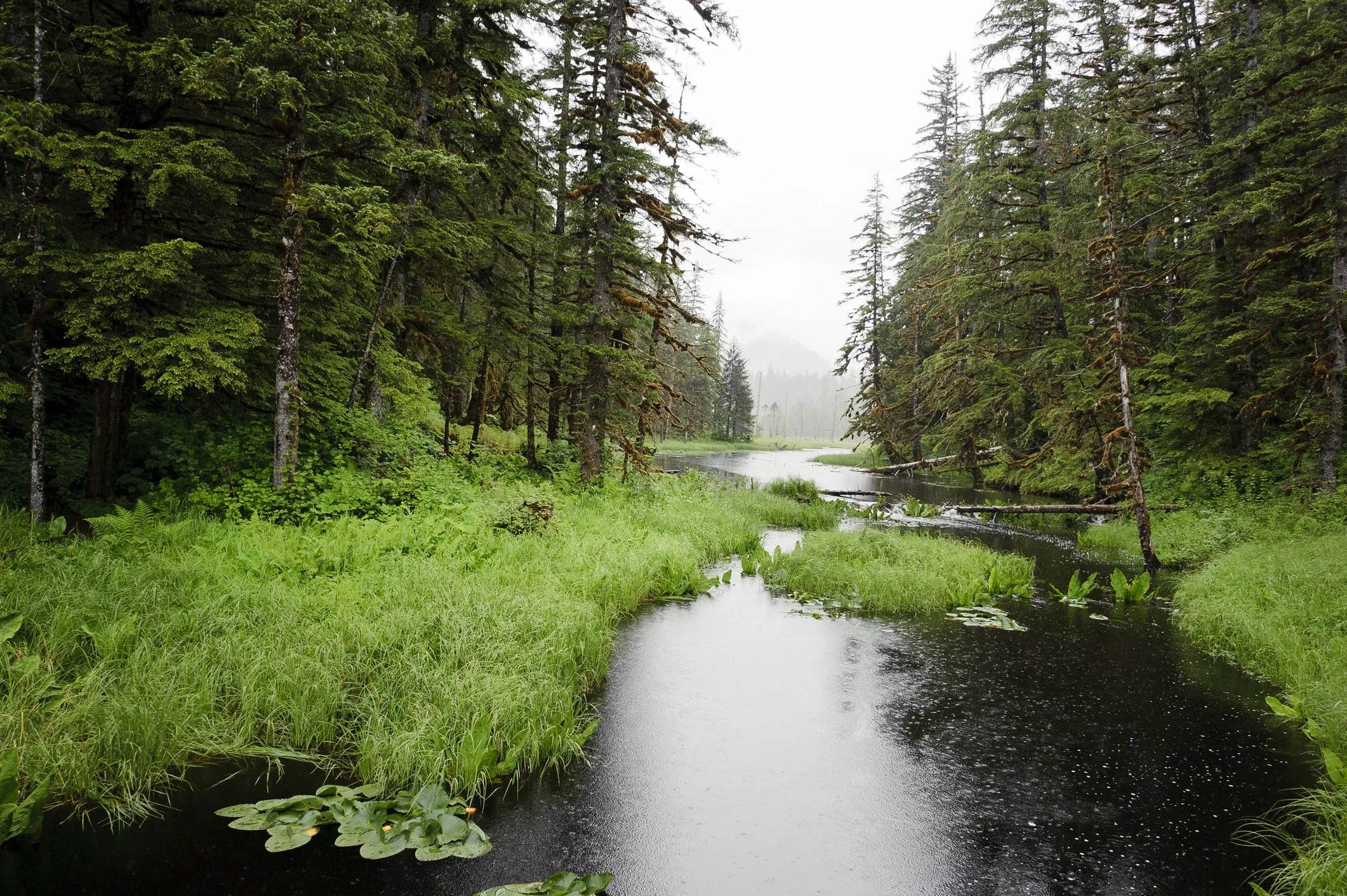Crafting Immersive Soundscapes for Episodic Content: Elevating Your Storytelling
As a sound designer and composer, I’ve always believed that audio has the power to transport us into entirely new worlds. This is especially true for episodic content, where immersive soundscapes (ambiences, sound effects, music) become integral to world-building and establishing emotional resonance to your characters. Whether you’re working on a podcast series, a web show, reality, or a documentary, understanding the thinking around immersive sound design can help set your project apart. Here’s some insights into how I approach creating captivating soundscapes.
Understanding Immersive Soundscapes
Immersive soundscapes generally refer to three-dimensional sonic environments that completely envelop the listener. This means creating a sense of space and presence that mimics how we naturally perceive sound in real life. Walter Murch called it worldizing. Technology like 3D Audio, Spatial Audio HRTF, Dolby Atmos, and surround sound can help us in this department. However, even if you only have access to a stereo mix environment, thinking about positioning sounds in a 360-degree space can help create a more realistic and engaging listening experience that draws your audience deeper into the story.
Techniques for Crafting Immersive Soundscapes
1. Think in Layers
When approaching a Re-Recording Mix, I focus on the layers of sound within the story's world and how each scene contributes to the emotional undertones. After understanding the world and story, my workflow typically prioritizes:
Dialogue
Music
Ambiences
Sound Effects
Dialogue clarity is crucial, while ambiences serve as the foundation or "glue" in any mix. Music and sound effects are key emotional drivers, often interplaying and merging on the same plane.
Volume automation is our first tool for creating depth, allowing us to control the perceived distance from the viewer. We ask: What's closer? What's further away?
For example, in a nature documentary:
Start with a quality ambient sound (e.g., low wind or distant river)
Layer in specific sounds (e.g., bird calls or wildlife)
Add more prominent elements (e.g., gentle rain)
This layering technique creates depth and texture, resulting in a rich, vibrant soundscape that brings the story to life.
2. Use Dynamic Panning
Moving sounds around the stereo or surround field simulates movement, providing another axis to create a sense of space and motion. I consider what elements are at the edges of the frame—both spatially and narratively—and how the movement of sound directs the audience's attention, guiding their eyes in a specific direction. Alan Meyerson often uses plugins and panning automation to create micro-movements in his score mixes, which adds depth and prevents the ear from becoming bored. Subtle movements in dynamic panning can elicit an unconscious emotional response, making the listening experience more engaging and immersive.
3. Leverage Music for Emotional Impact
Music is arguably the most powerful tool for shaping the emotional landscape of your episodes. Use it strategically to underscore key moments, build tension, or provide relief. To get inspired, listen to how the podcast "How I Built This" masterfully uses music to enhance the emotional journey of each entrepreneur's story.
Practical Tips for Episodic Content
1. Maintain Consistency: Develop a Sound Palette
Create a specific sound library for your series, housing all ambiences and sound effects.
When designing sound effects, consider how they correspond to specific environments and elements in your story.
Consistency in sonic environments helps listeners build emotional connections to locations, mirroring the characters' experiences.
Example: Foreward Podcast
Characters frequently visited recurring locations (e.g., local diner, family's backyard).
I ensured consistent sound design for these environments across episodes.
This consistency allowed listeners to form a deeper connection with the story world, enhancing their engagement with the characters' experiences.
2. Use Sound to Bridge Episodes:
Sonic branding plays a vital role in episodic content by creating audio cues that signal the start and end of each episode. These cues help maintain continuity across your series, providing a consistent listening experience that ties episodes together. By using distinct audio elements, you can create a recognizable sonic identity that listeners associate with your show, enhancing their engagement and anticipation for upcoming episodes.
3. Balance is Key:
While immersive sound is powerful, remember that in episodic content, clarity of dialogue takes precedence. Ensure your soundscape and musical elements enhance rather than overwhelm the primary content.
Conclusion
Crafting immersive soundscapes for episodic content is an art form that combines technical skills with creative vision. With intentional layering and dynamic sound design, you can create a sonic world that not only supports your story but becomes an integral part of the narrative. The goal is to transport your audience, making them feel as if they are part of the world.
As you embark on your next episodic project, challenge yourself to push the boundaries of what’s possible with sound. Your audience will thank you for the journey.


